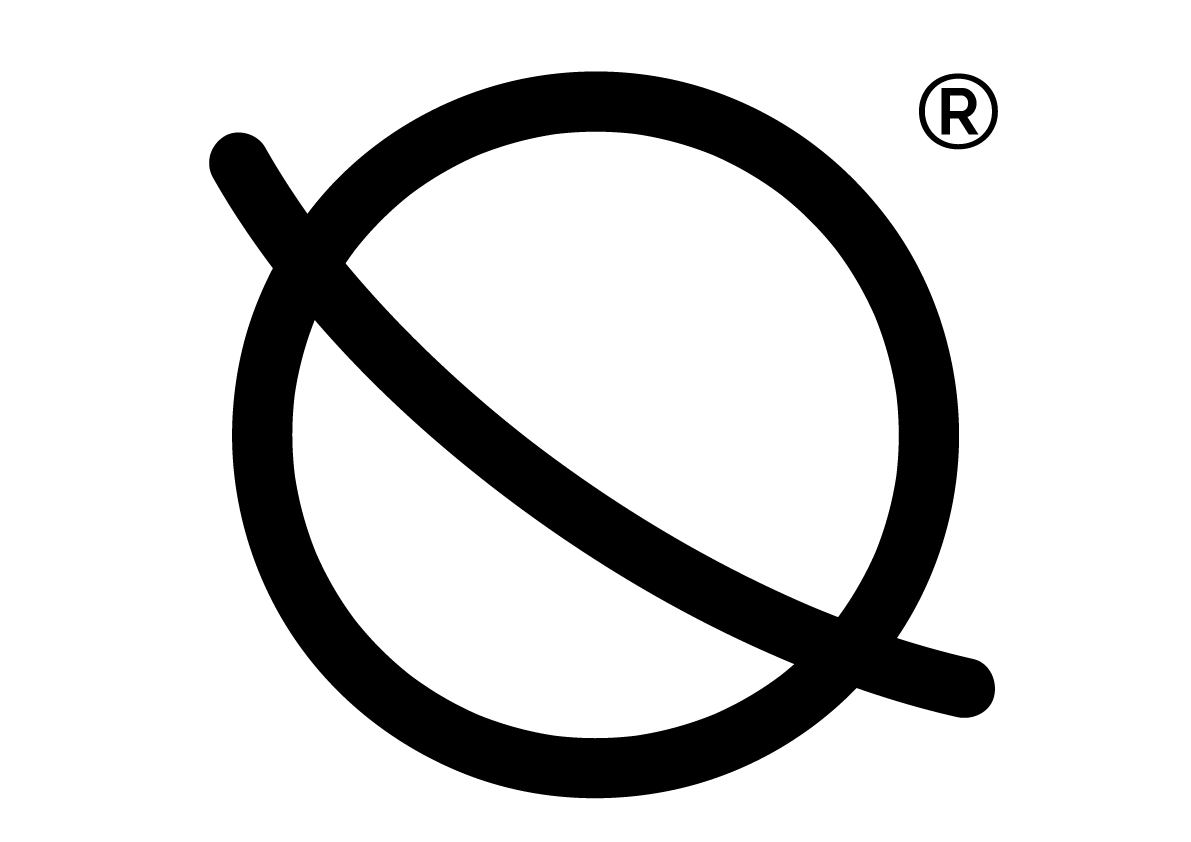Chakras Decoded: How Yoga Can Help You Tap into Your Body's Hidden Energies
Chakras are an important aspect of yoga and meditation practice, and understanding them can enhance your overall wellbeing. In fact, Yoga and chakras are interconnected practices that have been used for centuries to promote physical, emotional, and spiritual health. After all, when the chakras are balanced and activated, we can experience greater vitality, clarity, and inner peace.
In this blog post, we will explore the connection between yoga and chakras and how these practices can work together to promote overall well-being. We'll explore the basics of chakras and how they relate to your yoga practice, including asanas, breathwork techniques, and meditation practices. By understanding the connection between yoga and chakras, you can deepen your practice and experience greater health and vitality.
What are the Chakras?
Chakras are energy centers located throughout the body that are believed to be responsible for our physical, emotional, and spiritual well-being. There are seven main chakras, each associated with a specific colour, sound, and aspect of our physical, emotional, and spiritual selves.
The concept of chakras comes from ancient Indian texts and is an important aspect of many Eastern spiritual practices, including yoga and meditation. The term "chakra" comes from the Sanskrit word for "wheel", and each chakra is thought of as a spinning wheel of energy that is responsible for different aspects of our being.
The seven main chakras are:
Root Chakra (Muladhara) - located at the base of the spine, associated with the colour red and the element earth. This chakra governs our sense of safety and security.
Sacral Chakra (Svadhisthana) - located below the navel, associated with the colour orange and the element water. This chakra governs our creativity and sexuality.
Solar Plexus Chakra (Manipura) - located in the upper abdomen, associated with the colour yellow and the element fire. This chakra governs our self-esteem and personal power.
Heart Chakra (Anahata) - located at the center of the chest, associated with the colour green and the element air. This chakra governs our ability to love and connect with others.
Throat Chakra (Vishuddha) - located at the throat, associated with the colour blue and the element ether. This chakra governs our ability to communicate effectively.
Third Eye Chakra (Ajna) - located between the eyebrows, associated with the colour indigo and the element light. This chakra governs our intuition and inner wisdom.
Crown Chakra (Sahasrara) - located at the top of the head, associated with the colour violet and the element thought. This chakra governs our connection to the divine.
Each chakra can become blocked or imbalanced, leading to physical, emotional, or spiritual issues. For example, a blockage in the root chakra can manifest as feelings of insecurity or a lack of grounding, while an imbalanced heart chakra can lead to difficulty in forming meaningful relationships.
In a nutshell, you want your chakras to be open so that energy can flow through them, resulting in greater balanced across the different aspects of your life.
Using Yoga to balance your chakras
Yoga is a powerful tool for balancing and activating the chakras. In fact, every part of your yoga practice, from the physical poses (asanas) to the breathwork (pranayama) and meditation, help balance and unblock the chakras.
Each yoga posture (asana) is designed to stimulate certain parts of the body, and can help to open, balance, and activate the different chakras. For example:
Yoga poses that focus on grounding and stability, such as Mountain Pose (Tadasana), can help activate the Root Chakra.
Poses that focus on the hips and lower abdomen, such as Pigeon Pose (Eka Pada Rajakapotasana), can help activate the Sacral Chakra.
Twists, such as Half Lord of the Fishes Pose (Ardha Matsyendrasana), can help activate the Solar Plexus Chakra.
Backbends, such as Camel Pose (Ustrasana), can help activate the Heart Chakra.
Shoulder stand (Sarvangasana) can help activate the Throat Chakra.
Forward bends such as Child's Pose (Balasana) can help activate the Third Eye Chakra.
And finally, meditation and headstands can help activate the Crown Chakra.
Another powerful tool for balancing chakras is breathwork, or pranayama. Certain breathing techniques, such as Nadi Shodhana (alternate nostril breathing), may balance and activate specific chakras. For example, practicing Nadi Shodhana can activate the third eye chakra and promote clarity and intuition.
Meditation is another important aspect of yoga that can balance the chakras. There are many different meditation techniques that are beneficial in balancing the chakras, such as visualising each chakra as a spinning wheel of energy or focusing on the colour associated with each chakra. Additionally, meditation can help to calm the mind, reduce stress, and promote overall well-being.
By incorporating chakra work into your yoga practice, you can deepen your understanding of yourself and improve your overall well-being. Remember to approach chakra work with an open mind and a willingness to explore and learn.
It is also worth remembering that chakra work can go beyond yoga, as there are other practices that can help bring balance to the chakra system, such as chanting, visualisation, and using gemstones or essential oils associated with each chakra. Make sure you explore every avenue for a more fulfilling and balanced chakra management practice!
Read next>>>


